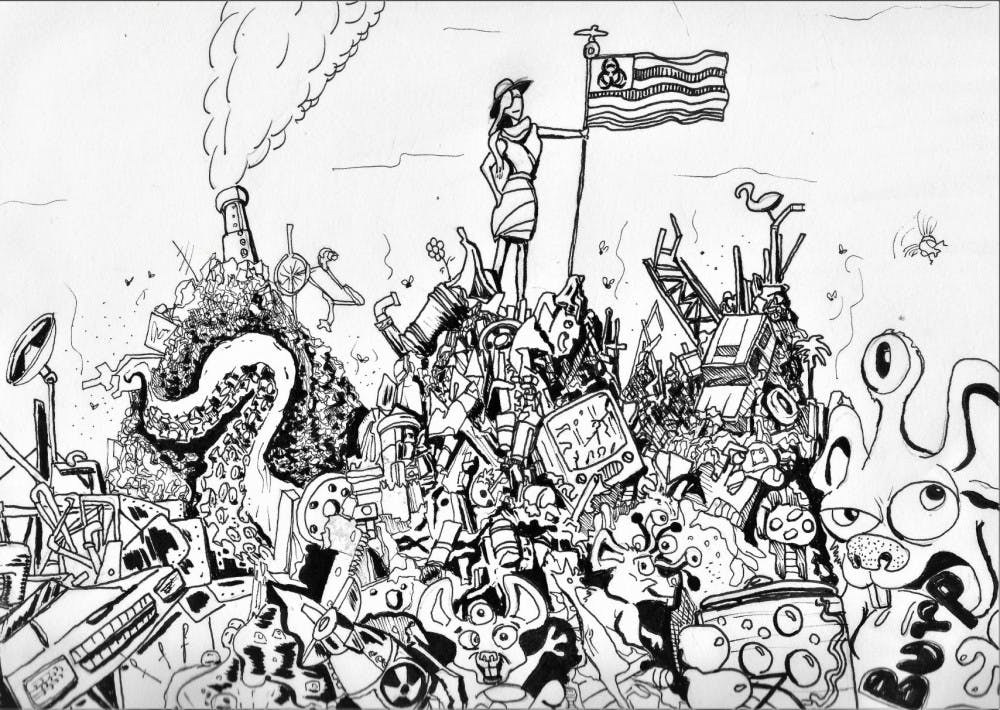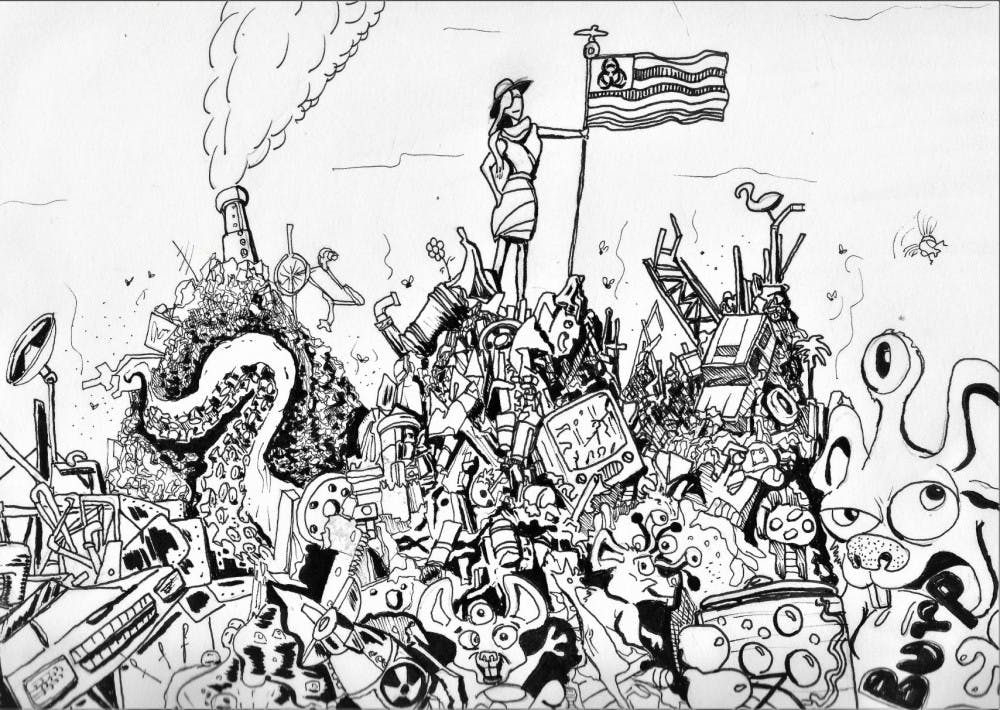Every year, Americans throw away about 25.5 million pounds of reusable textiles, and this accounts for about 9 percent of trash in the country’s landfills.
The percentage breaks down to roughly 70 pounds of discarded textiles for every American, according to the Environmental Protection Agency.
Textile trash affects the environment in many ways. One impact is the emission of greenhouse gases, according to Kathryn Hicks, an environmentalist and professor at The University of Memphis. According to Hicks, the transportation required to distribute more and more new clothes creates greenhouse gases that trap heat in the atmosphere.
“Producing new items rather than reusing means that we have to find space for all of our disposable goods,†Hicks said. “No one wants to live near a huge landfill, but they are necessary based on our consumption patterns.â€

As Millennials shun “fast fashion†(the term used to describe fashion trends that quickly come and go in retail stores such as Zara, Forever 21, and H&M), many are embracing secondhand shopping. Some do this to save money, express individuality or even to help the environment.
Potentially dangerous chemicals used in the manufacture of fast fashion can pose dangers to workers and to landfills, according to Hicks.
“Poor communities and communities of color are more likely to be forced to live near landfills and other hazardous sites,†Hicks said.
Hicks’ concerns make sense to socially conscious Millennials like Rosa Landaverde. The 22-year-old thrifter cut out fast fashion as a way to spend less on trendy pieces as they come back in style.Â
“I started watching Youtube videos of people thrifting where they would explain that shopping at retail stores such as H&M and Forever 21 were creating a lot of waste,†she said.
Online shoppers are embracing thrifting as well. A wave of secondhand retailers has included Poshmark, Depop and even Instagram shop accounts.
Ashton Cope runs Hidden Gems, her own resale shop on Instagram where she features second-hand clothing items for sale. She created the Instagram account to save money and promote a style she loves.
“I like re-creating old styles,†Cope said, who gets a rush when she browses through items knowing she will get a good deal. Cope said she falls in love with the search just as much as the items she buys.Â
“I think history repeats itself,†Cope said, “People are starting to like older clothing styles and the cheapest and most authentic place to find them is thrift stores.â€






